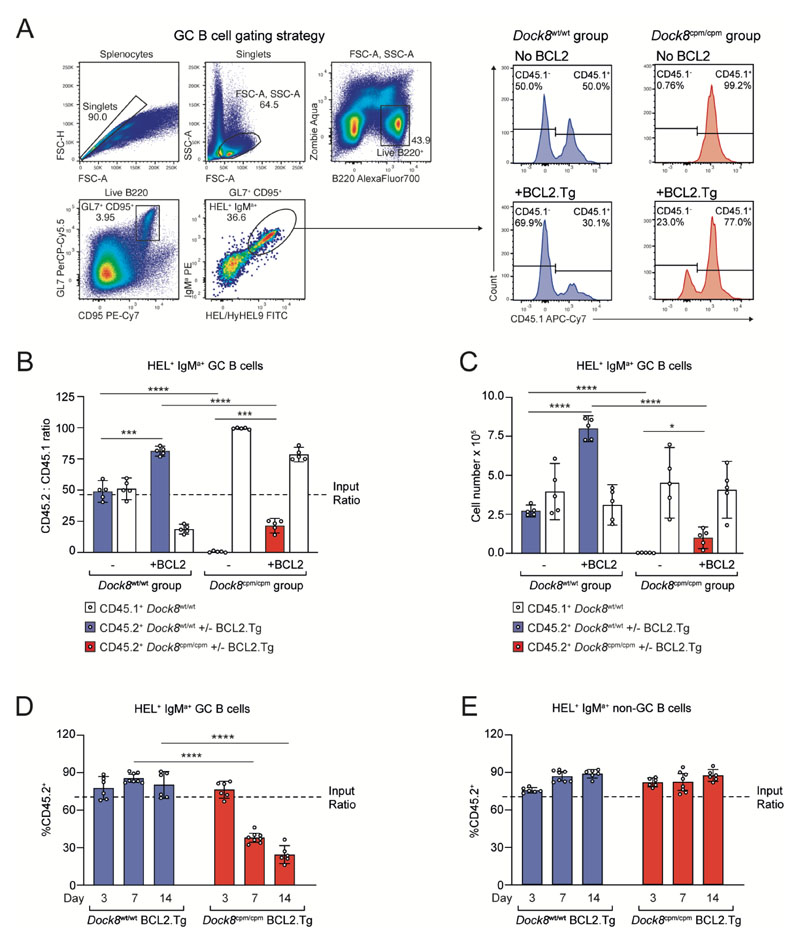Fig. 1. BCL2 partially rescues the loss of DOCK8-deficient GC B cells.
CD45.2+ Dock8wt/wt or Dock8cpm/cpm MD4 splenic B cells, with or without BCL2.Tg, were mixed 50:50 with CD45.1+ Dock8wt/wt MD4 splenic B cells and adoptively transferred into CD45.1+ Dock8wt/wt C57BL/6 recipients 1 day prior to immunization with SRBC-HEL. Splenic GC populations were analyzed on day 8. (A) Gating strategy to identify live CD95+GL7+IgMa+ HEL/HyHEL9+(HEL+) MD4 splenic GC B cells (left) and representative histograms showing the contribution of CD45.1+ and CD45.2+ MD4 B cells to the GC. (B) Ratios and (C) numbers of splenic HEL+ GC B cells recovered from indicated groups on day 8 post-immunization. (A to C) Data are representative of three independent experiments, each with n = 5 mice per group. (D and E) CD45.1+ Dock8wt/wt mice received 70:30 mixtures of CD45.2+ BCL2.Tg Dock8wt/wt or Dock8cpm/cpm MD4 splenic B cells with CD45.1+ Dock8wt/wt MD4 splenic B cells, 1 day prior to immunization with SRBC-HEL. Ratio of HEL+IgMa+ splenic (D) GC and (E) non-GC B cells at indicated days post-immunization. Data are pooled from two independent experiments, each with n = 3–4 mice per group. (B to E) Circles represent individual mice and bars show means with 95% confidence intervals. Statistics are reported as *P<0.05, ***P<0.001, and ****P<0.0001 by unpaired two-tailed Welch’s t test.

